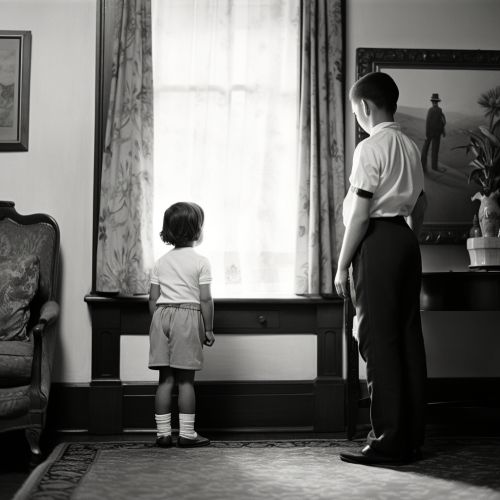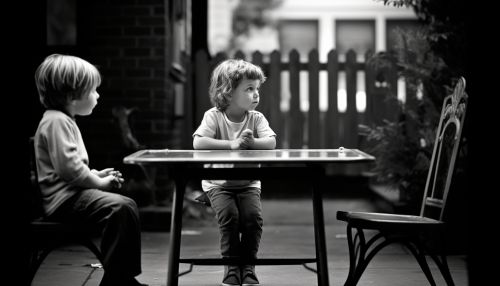Social Learning
Introduction
Social learning is a theory that suggests we learn from each other, via observation, imitation, and modeling. The concept has roots in psychology, sociology, and anthropology, and is a fundamental aspect of human behavior and education. This article will delve into the intricacies of social learning, exploring its origins, its applications, and its impact on various aspects of human life and society.
Origins of Social Learning Theory
The origins of social learning theory can be traced back to the work of prominent psychologists such as Albert Bandura and B.F. Skinner. Bandura, in particular, is often credited as the primary architect of social learning theory. His work in the mid-20th century helped to shift the focus of psychology from a purely behaviorist perspective to one that incorporated cognitive processes.


Bandura's seminal Bobo doll experiment in 1961 demonstrated that children could learn aggressive behaviors simply by observing others. This experiment was a significant departure from the dominant behaviorist perspective of the time, which suggested that learning was a direct result of conditioning and reinforcement.
Key Concepts of Social Learning Theory
Social learning theory is built on several key concepts, including observational learning, imitation, modeling, and reinforcement.
Observational Learning
Observational learning, also known as vicarious learning, is the process of learning by watching others. It involves the acquisition of knowledge, skills, and behaviors by observing the actions of others. This form of learning is particularly prevalent in children, who often learn by observing their parents, teachers, and peers.
Imitation
Imitation is a key aspect of social learning. It involves the replication of behaviors observed in others. This can range from simple actions, such as a child mimicking their parent's speech patterns, to more complex behaviors, such as an artist emulating the style of a renowned painter.
Modeling
Modeling is a process where individuals ascertain how to act or perform by observing others. This can involve direct instruction, where the model deliberately demonstrates the desired behavior, or indirect instruction, where the observer learns from the model's unintentional behaviors.
Reinforcement
Reinforcement plays a crucial role in social learning theory. Positive reinforcement, such as praise or rewards, can encourage the repetition of a behavior. Conversely, negative reinforcement, such as punishment or the removal of a negative stimulus, can discourage a behavior.
Applications of Social Learning Theory
Social learning theory has been applied in various fields, including education, psychology, and criminology.
Education
In education, social learning theory underpins many teaching strategies and curricula. Teachers often use modeling to demonstrate new skills or behaviors to students. Group work and collaborative learning are also grounded in social learning theory, as they involve students learning from and with each other.
Psychology
In psychology, social learning theory has been used to understand and treat various mental health conditions. For example, cognitive-behavioral therapy often involves the use of modeling and reinforcement to change maladaptive behaviors.
Criminology
In criminology, social learning theory has been used to explain criminal behavior. The theory suggests that individuals may learn criminal behaviors by observing others, particularly if these behaviors are reinforced.
Impact of Social Learning
The impact of social learning is far-reaching, influencing various aspects of human life and society. It plays a crucial role in the acquisition of knowledge, skills, and behaviors, shaping our interactions with others and our understanding of the world.
